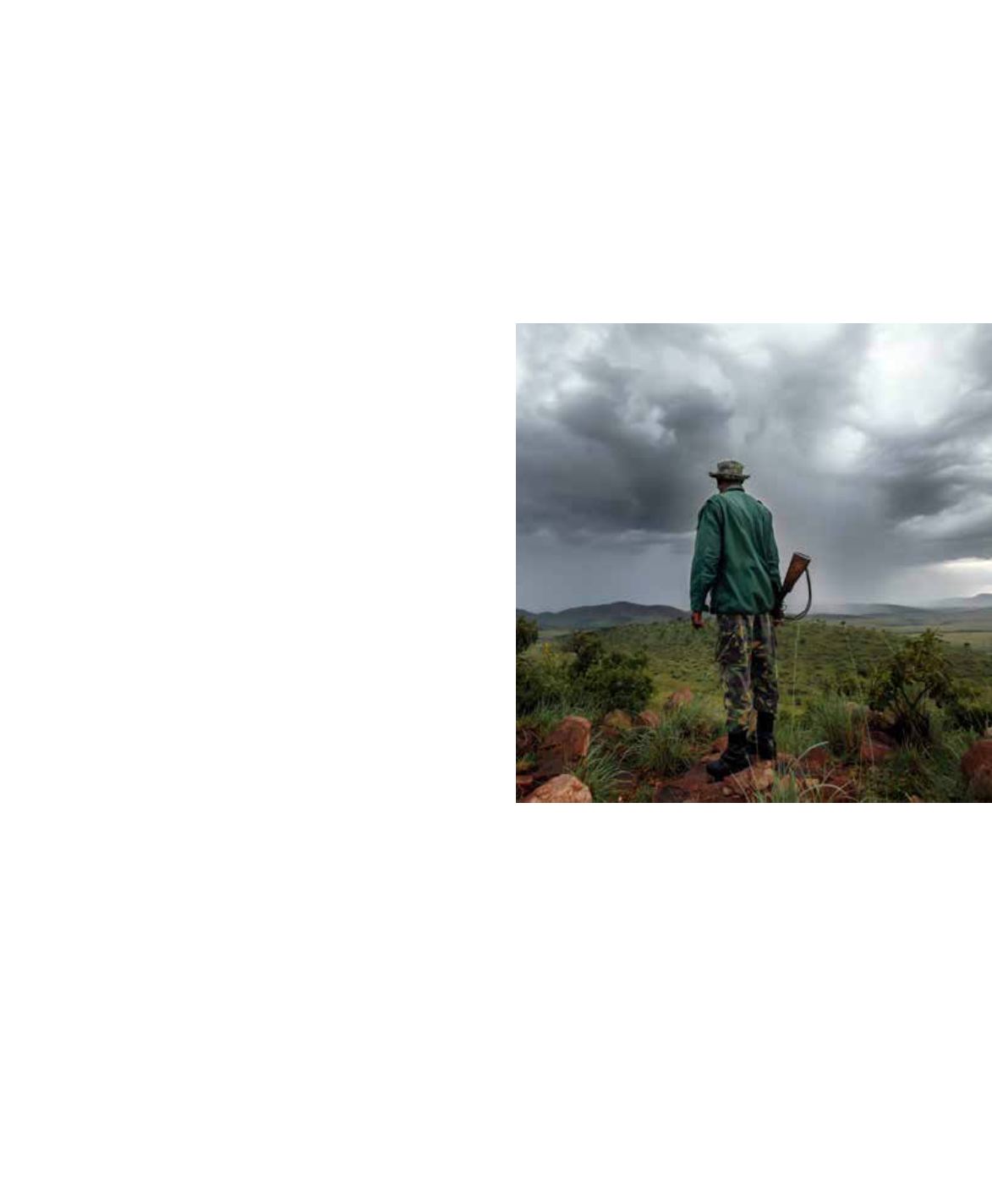
87
Responses
Illegal trade in forest and wildlife products, as well as the illegal exploitation of
natural resources is now widely recognized as a significant threat to the environ-
ment, human well-being, food security as well as to sustainable development. This
is reflected in a range of decisions from CITES, from the UN Commission on
Crime Prevention and Criminal Justice, INTERPOL and the UN Security Council,
including on Somalia and DRC.
Up until now, enforcement measures to reduce transnational
environmental organized crime have been modest. Investigative
capacity has been lacking or inadequate, and funding for protec-
tion of resources limited. Prosecution and sentences for envi-
ronmental crime often reflect petty crimes or minor offences,
and too often they are limited to low-level impoverished crim-
inals. However, the illegal trade in forest and wildlife products
also often violates tax laws, anti money laundering laws, and
it may include involvement in organized crime, violence, traf-
ficking and even funding of non-state armed groups. Consid-
ering wildlife crime under these laws may sometimes provide a
far more effective, serious and appropriate entry point of inves-
tigation and subsequent evaluation for prosecution.
Consumer awareness
Among very important and effective responses to addressing
illegal wildlife trade are demand reduction schemes by
consumers. Although there have been some successes in
demand reduction for illegally traded wildlife products, such
responses require behavioural change outcomes, effected
through greater awareness and understanding at the consumer
end, including how wildlife and wood products are laundered
through legal supply chains. Indeed, effective responses should
involve a range of measures from demand reduction though
socio-economic efforts, certification schemes and consumer
awareness, more effective management, good governance and
alternative livelihoods. These need to be coupled with enforce-
ment, including frontline protection, customs, strengthened
legislation, policing and judiciary efforts.
Consumer awareness and reducing demand is a long-term crit-
ical component that requires much further attention. Surveys
of 1880 residents from a total of six Chinese cities in 2007,
159
revealed that that 43% of respondents had consumed some
product alleged to contain tiger parts. Within this group, 71%
said that they preferred wild products over farmed ones, with
predominant products used were tiger bone plasters (38%) and
tiger bone wine (6.4%). Of the respondents 88% knew that it
was illegal to buy or sell tiger products, and 93% agreed that a
ban in trade of tiger parts was necessary to conserve wild tigers.
People from all income groups used tiger-bone plasters, with
the highest demand among older consumers and women.
Out of seven brands of plasters tested, none contained even
traces of tiger bone,
160
and a 2005–2006 survey of 518 traditional
medicine stores in China, no plasters listing tigers as an ingre-
dient were found.
161
Only 3% of the consumers believed that
the products they purchased were fakes. Another 12% believed
the products were real, while 85% were unsure whether the
products used actually contained tiger ingredients.
162
Consumer awareness programmes are therefore extremely
important, and this applies not only to tiger parts, but also to
the entire range of wildlife products, in order to close down the
demand side. Correspondingly, consumer awareness is highly
important in relation to the use of not only visible wood prod-
ucts such as furniture, panels and timber, but even more so
regarding purchase of paper, which is where the majority of
illegally harvested wood is laundered.


